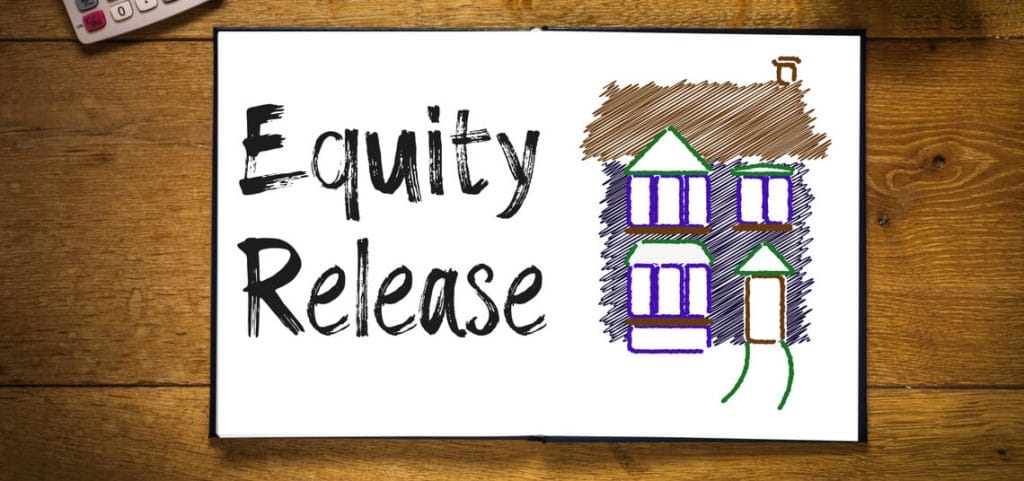Mortgage interest rates can be complicated. There’s a lot to take in from the initial rate to the SVR and from fixed rates to tracker rates. Setting aside the different options available for one moment, many buyers want to know the average mortgage interest rate. Understandably, knowing the average rates gives you an indication of the quality of your mortgage deal. With that in mind, this guide has the lowdown on average mortgage interest rates and what they could mean for you.
What is the base rate?
The base rate is a very important number that affects how much people pay for loans, including mortgages. The Bank of England is the central bank of the United Kingdom, and it sets the base rate. This is the interest rate that most banks and lenders use as a starting point when they set their own rates.
When the base rate goes up, it usually means that it becomes more expensive to borrow money, and your monthly payments may be higher. On the other hand, if the base rate goes down, it might become cheaper to borrow money, which could mean lower monthly payments.
How your mortgage payments are impacted by any changes to the base rate will depend on which type of interest rate you are on. To find out more about the different types of interest rates check out more information below.
How are average interest rates calculated?
Landing on the average interest rate can be tricky, especially as borrowers offer different rates to remain competitive. Several factors go into determining interest rates, including your credit score, the amount you want to borrow and the average length of mortgage.
Learn more about credit score:
What is the average mortgage length?
The average mortgage term in the UK is around 25 years. However, it’s worth noting that mortgage terms can vary greatly, and can be as short as a few years or as long as 40 years.
In general, longer mortgage terms tend to result in lower monthly payments, as the debt is spread out over a longer period of time. However, they also result in higher overall interest costs, as the interest accrues over a longer period. On the other hand, shorter mortgage terms result in higher monthly payments, but lower overall interest costs.
When setting a mortgage term it is important for this to give you a monthly payment you can afford each month, remember you could be paying this for as long as 40 years, so it needs to be affordable. This is why mortgage advisors will normally ask you for a budget, which they will use to tailor the term, rather than picking a term first.
The role of the deposit
Often the first thing you are asked when enquiring about a mortgage is how much are you looking to borrow and how much deposit do you have to put down. This is because the lender wants to work out your loan to value (LTV) ratio, as this will determine which of their interest rate(s) you’ll be eligible for.
A lender will usually group the rates they offer into LTV bandings, these can vary but generally are as follows 0-60% / 60-75% / 75-85% / 85-90% / 90-95%.
The higher your LTV, the more the lender is having to lend relative to the value of the property, and the greater the risk to the lender. To compensate for this added risk, lenders may charge higher interest rates for mortgages with a higher LTV.
Therefore mortgages with a lower LTV tend to have lower interest rates, as the lender is taking on less risk. This can make it more affordable for borrowers to repay their mortgage and can also increase their chances of being approved for a loan.
For example, someone paying a 5% deposit (95% LTV) on a mortgage of £250,000 will pay higher interest rates than someone paying a 35% deposit for the same mortgage.
Buy-to-let mortgages
See how much you can borrow for an interest-only mortgage, with LTVs starting from 80%.
What’s the average interest rate?
According to research, the average five-year fixed-rate mortgage rate in the UK is 5.20% when based on 75% LTV. For a two-year fixed rate mortgage, the average is 5.74% based on 75% LTV.
It’s important to remember that this is only an average based on various mortgage products and is not an indication of how much you’ll pay for your mortgage. There are many factors that can influence the average interest rate at any given time, so it’s difficult to provide one rate and use it as a guaranteed average.
Ultimately, average interest rates vary depending on the lender’s rate and the BoE’s base rate. You can check out this table, which allows you to select different rate types and durations to see the average and how this compares to the base rate.
All average amounts provided are a representative example as of June 2023.
Let’s say you’re looking to take out a buy-to-let mortgage loan of £250,000 with a 5.20% interest rate. The first step is to understand that the amount you are borrowing (the loan-to-value or LTV) would be affected by the deposit you plan to put down.
In this case, a 25% deposit would mean that you are putting down £83,333 (which is 25% of the full property value). The full property value then, is approximately £333,333 (£250,000 is 75% of this value, which gives you the loan-to-value ratio of 75%).
With these figures, assuming a five-year fixed rate deal, and assuming this is an interest-only loan (which is common for buy-to-let mortgages), your monthly mortgage payments would be calculated as follows:
- Multiply the loan amount by the annual interest rate: £250,000 * 5.20% = £13,000. This is the amount of interest you would pay annually.
- Divide the annual interest amount by 12 to get the monthly interest payment: £13,000 / 12 = £1,083.33.
So, with a £250,000 loan at a 5.20% interest rate, you would pay approximately £1,083.33 per month in interest.
Final thoughts: average mortgage interest rates
As we have seen there are a number of factors that can influence what rate you could be offered, this is why it is really important that you seek mortgage/and or financial advice if you are ever unsure on which mortgage is right for you.
Buy-to-let mortgages
See how much you can borrow for an interest-only mortgage, with LTVs starting from 80%.



